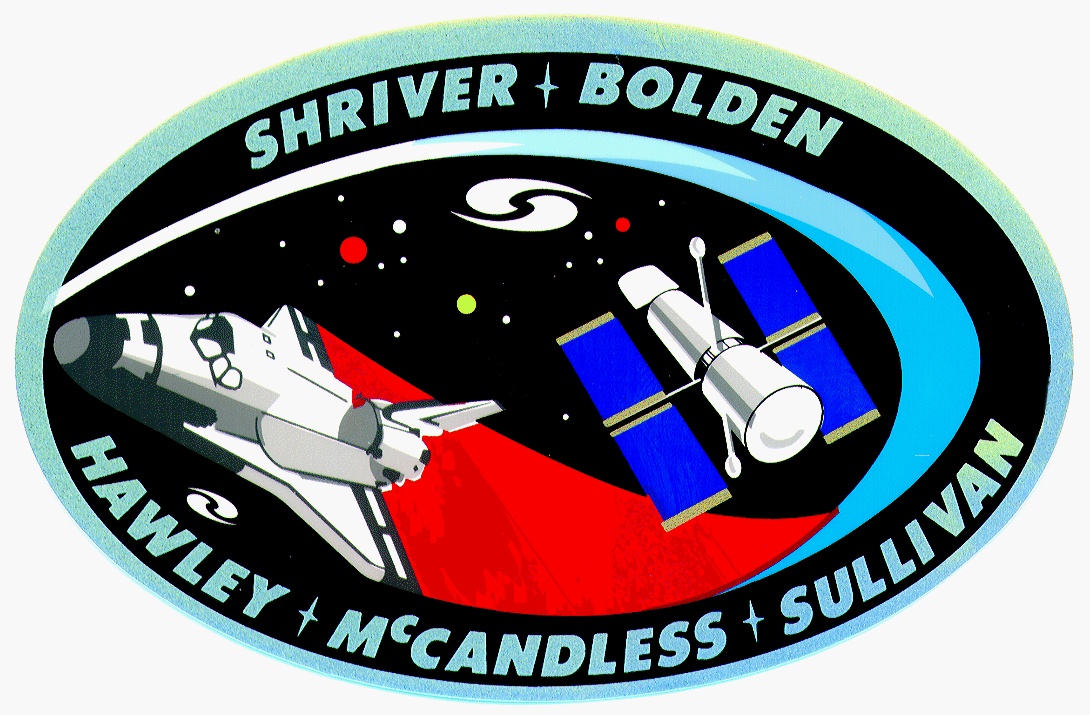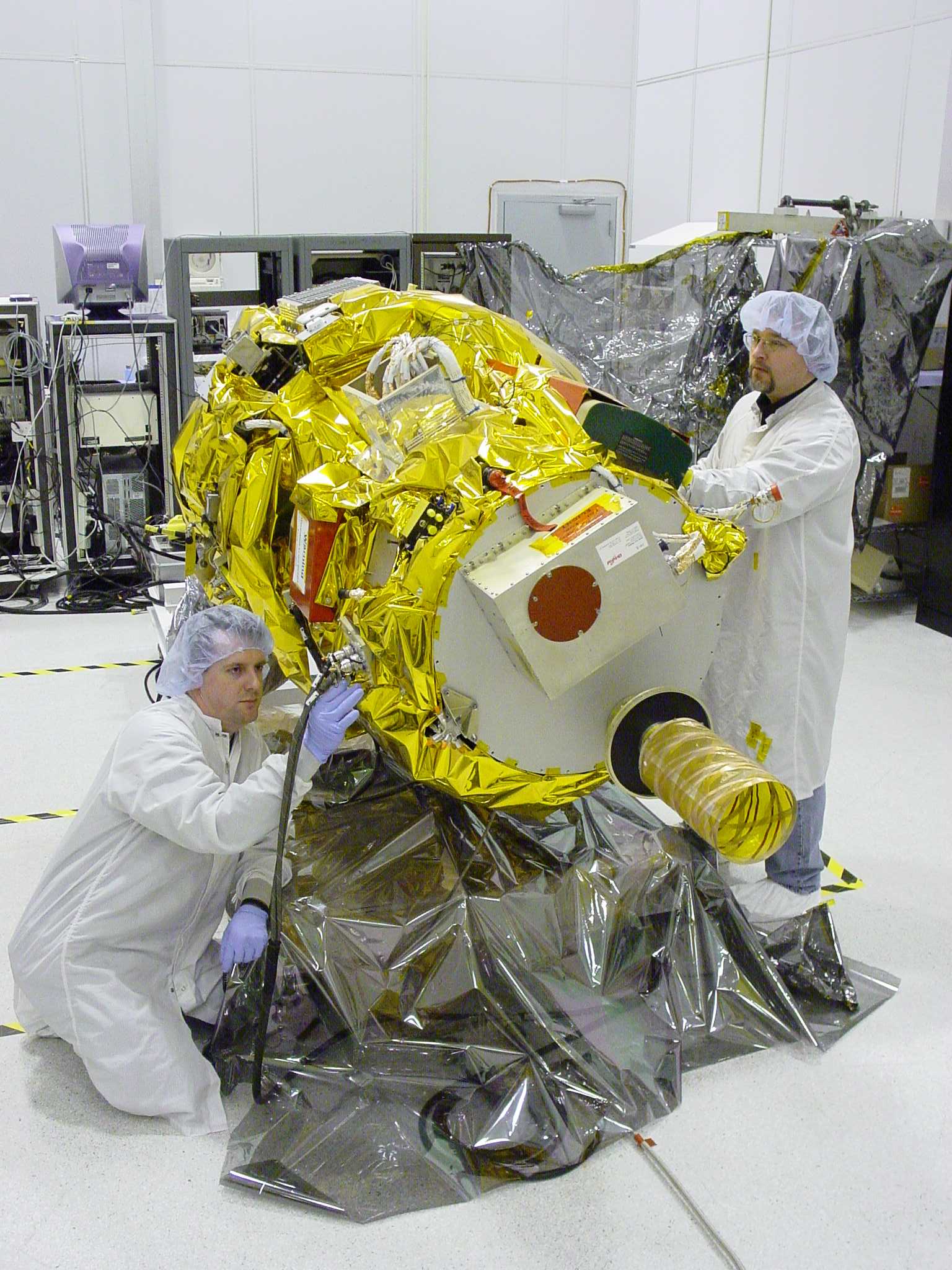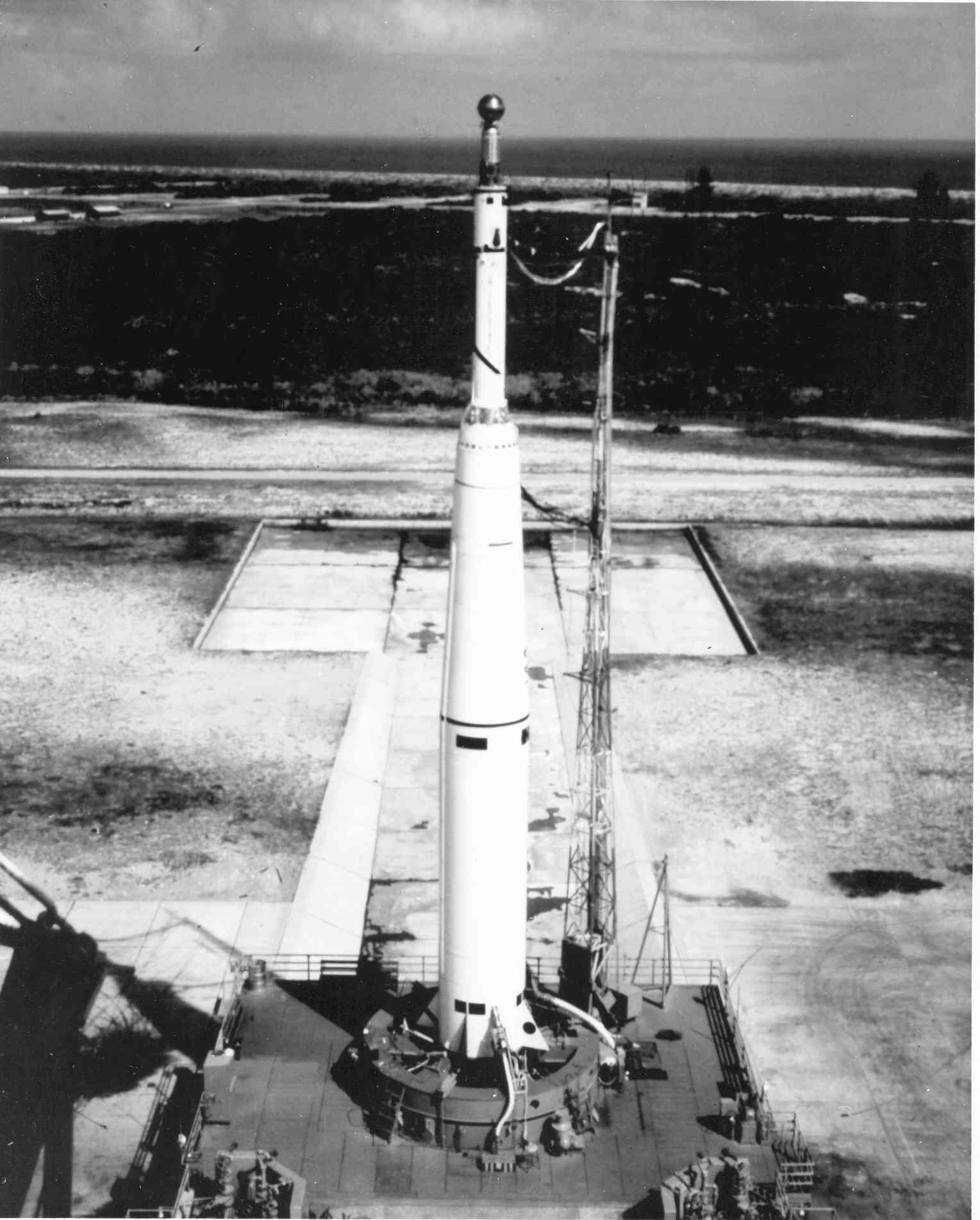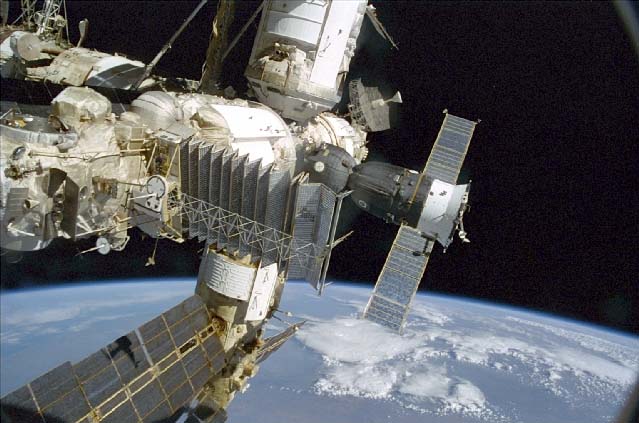Twenty-five years ago yesterday* — April 29, 1985 — the Space Shuttle Challenger lifted off from Kennedy Space Center on mission STS-51B.

(STS-51B launch. NASA image.)
Astronauts Robert F. Overmyer, Frederick D. Gregory, Don L. Lind, Norman E. Thagard, William E. Thornton, Lodewijk van den Berg and Taylor G. Wang launched the student-built Northern Utah Satellite (NUSAT-1) and spent a week in space with the European Space Agency’s Spacelab-3.
And on April 29, 2005 — 5 years ago yesterday — the last Titan-IV to be launched from Cape Canaveral Air Force Station blasted off with a classified National Reconnaissance Office satellite aboard. Titan rockets had been launching military and civil payloads for nearly five decades, and this launch left one final Titan-IV in the inventory, which launched from Vandenberg AFB in October 2005.
___
*Apologies for the tardy space history entry. As Poppa says, I’m “a day late and a dollar short.”


















